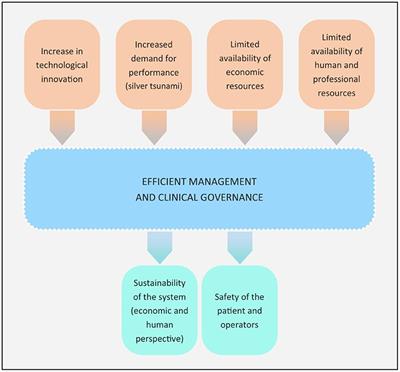by Ronni A. G. da Silva, Wei Hong Tay, Foo Kiong Ho, Frederick Reinhart Tanoto, Kelvin K. L. Chong, Pei Yi Choo, Alexander Ludwig, Kimberly A. Kline
Enterococcus faecalis is a frequent opportunistic pathogen of wounds, whose infections are associated with biofilm formation, persistence, and recalcitrance toward treatment. We have previously shown that
E.
faecalis wound infection persists for at least 7 days. Here we report that viable
E.
faecalis are present within both immune and non-immune cells at the wound site up to 5 days after infection, raising the prospect that intracellular persistence contributes to chronic
E.
faecalis infection. Using
in vitro keratinocyte and macrophage infection models, we show that
E.
faecalis becomes internalized and a subpopulation of bacteria can survive and replicate intracellularly.
E.
faecalis are internalized into keratinocytes primarily via macropinocytosis into single membrane-bound compartments and can persist in late endosomes up to 24 h after infection in the absence of colocalization with the lysosomal protease Cathepsin D or apparent fusion with the lysosome, suggesting that
E.
faecalis blocks endosomal maturation. Indeed, intracellular
E.
faecalis infection results in heterotypic intracellular trafficking with partial or absent labelling of
E.
faecalis-containing compartments with Rab5 and Rab7, small GTPases required for the endosome-lysosome trafficking. In addition,
E.
faecalis infection results in marked reduction of Rab5 and Rab7 protein levels which may also contribute to attenuated Rab incorporation into
E.
faecalis-containing compartments. Finally, we demonstrate that intracellular
E.
faecalis derived from infected keratinocytes are significantly more efficient in reinfecting new keratinocytes. Together, these data suggest that intracellular proliferation of
E.
faecalis may contribute to its persistence in the face of a robust immune response, providing a primed reservoir of bacteria for subsequent reinfection.






